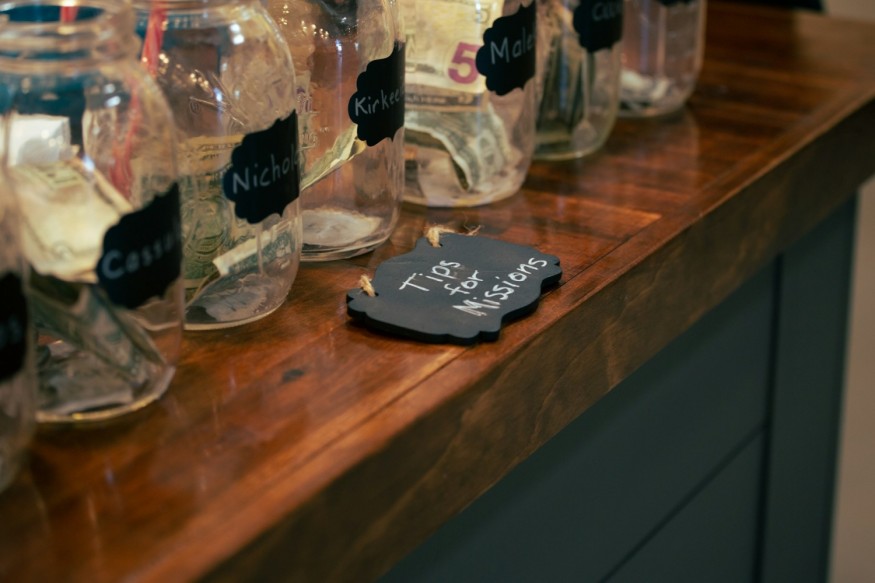Tipping Trends: Survey Shows Consumer Behavior Shifting

According to a Bankrate study issued on Wednesday, the number of respondents who say they always tip their hair stylists, wait staff at sit-down restaurants, and food delivery workers has decreased by 8 percentage points since 2021. For drivers of ride-hailing services, this rate decreased by 7 percentage points within the same time frame.
When the economy was recovering from the epidemic three years ago, and inflation was greater than it is now, front-line workers were also worried.
Only two-thirds of customers tip restaurant waiters now, compared to three-quarters at the time. Though there have been some increases from the previous year, slightly more than half of respondents consider themselves dependable tippers of food delivery drivers (51%) and hairdressers (55%). In comparison, only 41% feel the same about hiring a cab.
The poll shows that, in the post-COVID economy, Americans are becoming more comfortable eschewing the omnipresent tipping prompts found everywhere, from coffee shops to airport terminals, especially while sticker prices have increased. Even while consumer spending has been relatively stable, many households are having to make adjustments because of the ongoing inflation. Their newly discovered caution may influence when, when, and how much people tip.
Wages are increasing more quickly for certain workers than for others, but some are still catching up. They have less money to go around, and they do not appreciate service industry workers as much, which is why many Americans "are tipping less."
A decline in tips at restaurants does not always indicate that servers are doing poorly.
The Changing Landscape of Minimum Wages and Tipping Practices
At least 25 states have increased or plan to increase their minimum wages this year, and several significant cities, such as Chicago and New York, have made it mandatory for tip earners to get the entire minimum wage.
In April, California implemented a new $20 hourly minimum for employees at large fast-food restaurants. Additionally, part-time and service-sector jobs-including those where gratuities are customary-have recently seen some of the fastest hiring and income gains.
However, a lot of restaurant employees are feeling the effects of "tipflation" weariness from customers. According to a recent poll by SpotOn, the company that creates a digital payment system that restaurants and retail stores utilize, about similar numbers of respondents claimed their tips had remained the same since last year as those who witnessed a reduction (36% and 35%, respectively). Merely 29% reported a rise in their gratuities.
Predetermined tip levels may put off certain customers. Some may see mobile payments as being more impersonal, which might facilitate skimping.
The less likely we are to follow through on our intention of tipping, the greater that psychological distance from the individual or company - or the weaker that shame effect is.
The Bankrate data also coincide with a more general shift in consumers' leisure spending patterns, with reductions in some categories and increases in others - frequently along preexisting socioeconomic fault lines.
Shifting Consumer Trends
Due to menu pricing increases, cost-conscious consumers have turned away from fast-food businesses this year. This has sparked a competition to entice them back with special offers and discounts. Cruise lines have seen a spike in reservations as middle-class and upper-class clients continue to lavish large sums of money on holidays.
Some changes in consumer behavior are situational rather than zero-sum. For instance, in the majority of large American cities, transaction volumes have decreased significantly during the workweek at noon, but they have been more than offset by gains on weekends and nights, as reported by Square, a digital payments processor, last month. It's an indication that Americans are saving their lunch money for weekend brunch and happy hour cocktails.
People's purchasing habits are changing, so it's hard to agree on what the new normal should be.
When a TikToker decided not to tip the $350 stylist she paid to make her braids in February, it sparked a lot of discussion. Her excuse for not leaving a tip was that she paid with cash, which required a "inconvenient" trip to the ATM.
In the era of card readers, it appears that notes and coins are still favored, even if many service personnel may disagree with such judgments. A whopping 89% of restaurant employees in the SpotOn study stated that if you're going to tip, you should do it in cash.
The content provided on MoneyTimes.com is for informational purposes only and is not intended as financial advice. Please consult with a professional financial advisor before making any investment decisions.
Copyright © MoneyTimes.com











